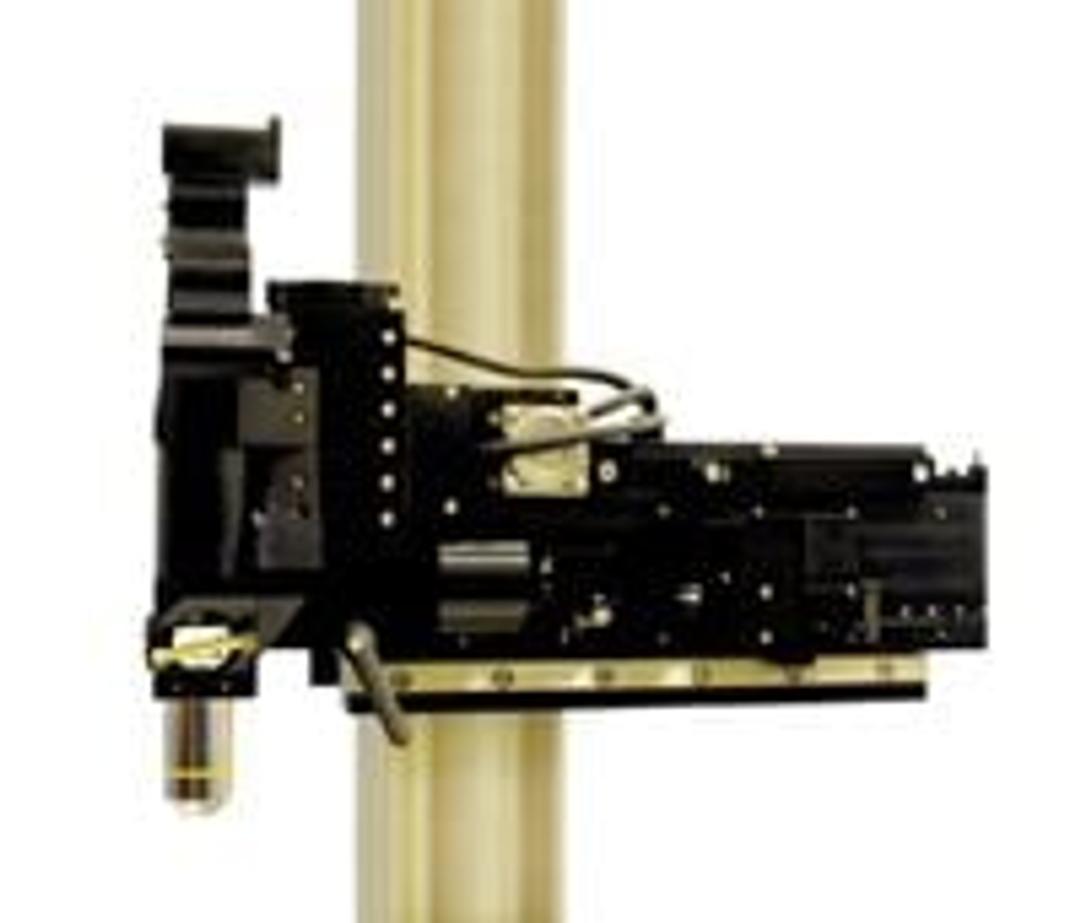Movable Objective Microscope (MOM)
The Movable Objective Microscope (MOM) is designed to be an ultra-stable, versatile, fluorescence platform for electrophysiology experiments. The MOM is a new alternative to the popular technique employing a fixed-stage, upright microscope on a translating X-Y table. The advantage of the MOM is that only the microscope objective is moving in 3 dimensions. The main frame of the microscope, including the light source and camera…

The supplier does not provide quotations for this product through SelectScience. You can search for similar products in our Product Directory.
The Movable Objective Microscope (MOM) is designed to be an ultra-stable, versatile, fluorescence platform for electrophysiology experiments. The MOM is a new alternative to the popular technique employing a fixed-stage, upright microscope on a translating X-Y table. The advantage of the MOM is that only the microscope objective is moving in 3 dimensions. The main frame of the microscope, including the light source and camera mount, is firmly bolted to the tabletop via a rock solid aluminum extrusion.
Additionally, the microscope body is very compact, allowing easy access for multiple manipulators. The fixed stage is based on one of our Sutter MT-75 gantry columns that have already proven themselves as solid supports for manipulators and as fixed stages in our own microscope-translator system, the MT-1000. Furthermore, because there is no microscope frame below the objective, it is easy to use this microscope on in vivo preparations where an animal is immobilized on a special stage or stereotaxic frame.
Finally, the microscope is easily convertible from an upright to an inverted microscope. This would allow for fixed-stage electrophysiology experiments on cells in culture. Current designs require a massive translator and fixed stage in combination with a commercial inverted scope.
Features of the Movable Objective Microscope:
• Objective moves 22mm in X, Y and Z
• Objective rotates about optical axis for imaging of non-horizontal surfaces and volumes
• Cambridge Technology 6210 XY scanners with 3mm dielectric mirrors and Micromax 673 dual axis controllers
• Two channel detector system with Hamamatsu R6357 PMTs and C7319 preamplifiers
• Sutter PS-2 dual channel PMT power supply
• National Instruments NI-6110 based data acquisition system













